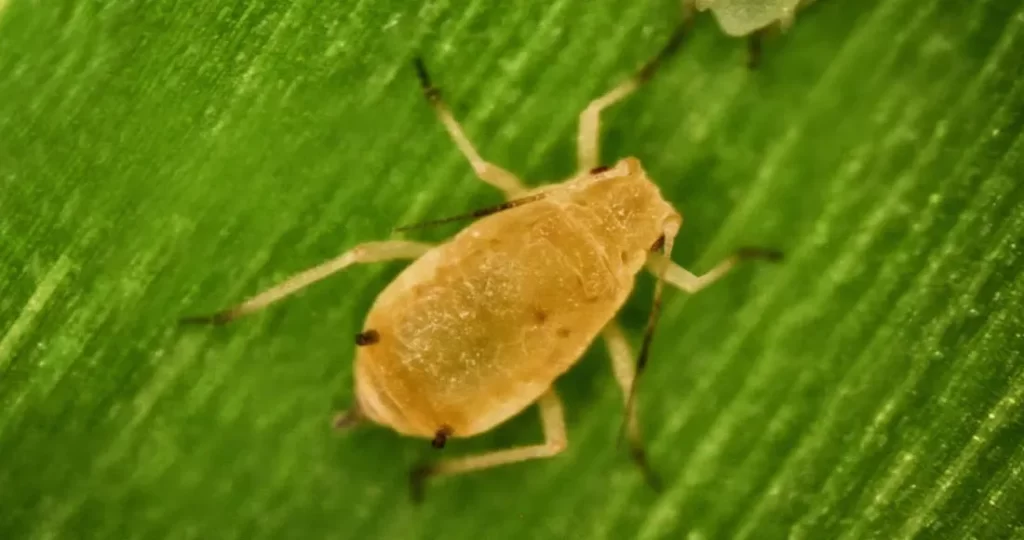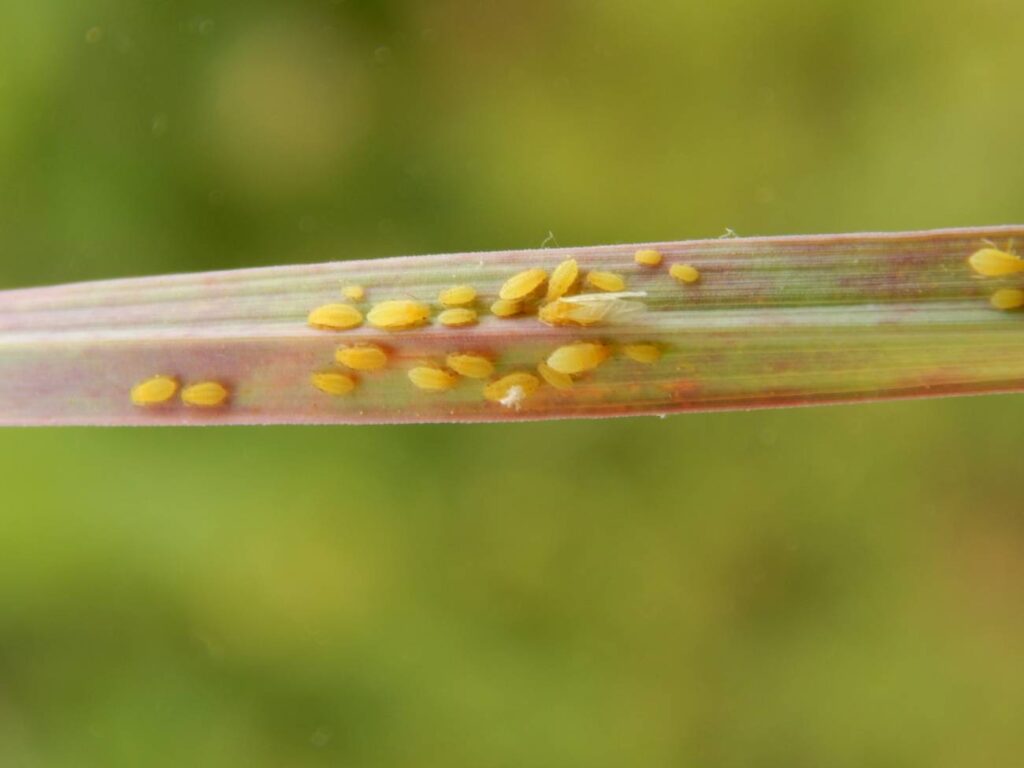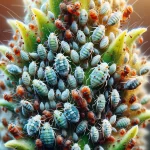Learn everything you need to know about this common plant pest and how to prevent it from damaging your crops.

If you’re a gardening enthusiast, you’re likely familiar with the yellow aphid, a common pest that can cause serious damage to your plants. In this article, we’ll explain how to identify and eliminate it to protect your crops.
What is the Yellow Aphid?
The yellow aphid is a pest that feeds on plant sap. It’s called that due to its yellow-green color. This species of insect is very common in gardens and crops and can affect both indoor and outdoor plants.

How Does the Yellow Aphid Reproduce?
The yellow aphid reproduces quickly and easily. The adult female lays its eggs on the plant’s leaves, and when they hatch, the offspring feed on the plant’s sap. The yellow aphid is capable of reproducing all year round, which means that a small infestation can quickly become a major pest.
What Damage Does the Yellow Aphid Cause?
The yellow aphid can cause serious damage to plants. It feeds on the sap of leaves and tender shoots, weakening the plant. As a result, the leaves may wither, fall off, and the plant may die. Additionally, this pest can also transmit viruses and bacteria that can make the plant sick.

How to Prevent and Control the Yellow Aphid?
The best way to prevent the appearance of the yellow aphid is to maintain good hygiene in plants and in the environment where they are located. It’s important to remove dry or damaged leaves and branches, and maintain good ventilation in the areas where plants are located.
If you already have a yellow aphid infestation, it’s important to act quickly to prevent the pest from spreading. There are different methods to combat it, from the use of insecticides to the application of natural treatments such as neem oil or potassium soap.

In conclusion, the yellow aphid is a common plant pest that can cause serious damage if not properly controlled. It’s important to be alert to the signs of its presence and act quickly to prevent its spread. With good hygiene and appropriate treatments, you can keep your plants free from this annoying pest and enjoy their beauty and health for a long time.
 AgronoBlog – Agriculture Blog
AgronoBlog – Agriculture Blog 
